Cultural Mapping for Placemaking in Sai Ying Pun, a Fast Changing Hong Kong Neighbourhoud

A rapidly changing neighbourhood
Sai Ying Pun is a classic case of gentrification, the arrival of the subway in 2014 spurred a swell of new property developments. This not only changed the urban fabric of the neighbourhood but also transformed the social fabric. New high-rises shot up in the historic grid of small streets with traditional shop houses. Typical mum-and-pop shops were replaced by hip cafés and bars, bringing in a new wave of residents and tourists. The newcomers brought flair and spending power, rents went up and within 10 years the socio-economic status of the neighbourhood had completely changed. Many of the old residents didn’t realise how precious the character of their neighbourhood was until it was changed beyond recognition, how valuable their public space until it was slowly eaten up by new developments. This sudden change of neighbourhood sentiment is what triggered this community-led public space initiative.

Community design studio as a social anchor
Caritas is a local NGO that for decades has provided social services to the needy and elderly in the district. With the rapid change affecting the neighbourhood, as a trusted agent for long-time residents, they inititiated a process to involve residents in their urban future, pioneering with a new approach to community-led design of public space in Hong Kong. Inspired by community placemaking projects in Europe and the US, Caritas saw the opportunity to bring vibrant street life in the alley and used it as a means to reweave the social fabric in the neighbourhood. They secured funding from Urban Renewal Authority (URA) to set up a studio to involve local residents in re-imagining the future of the neighbourhood. The location of choice was Sheung Fa Lane, a long and steep slope right above the new MTR station with a with busy pedestrian traffic, so characteristic of the neighbourhood.
The Magic Lanes Design Studio quickly became an anchor to channel residents’ sensitivity towards their surroundings, and recover their sense of belonging and identity as Sai Ying Pun-er. Their goal: to visualise and articulate the residents’ needs and demands in the redesigning and upgrading of the alley to empower those residents who feel helpless towards the rapid changes in their neighbourhood.

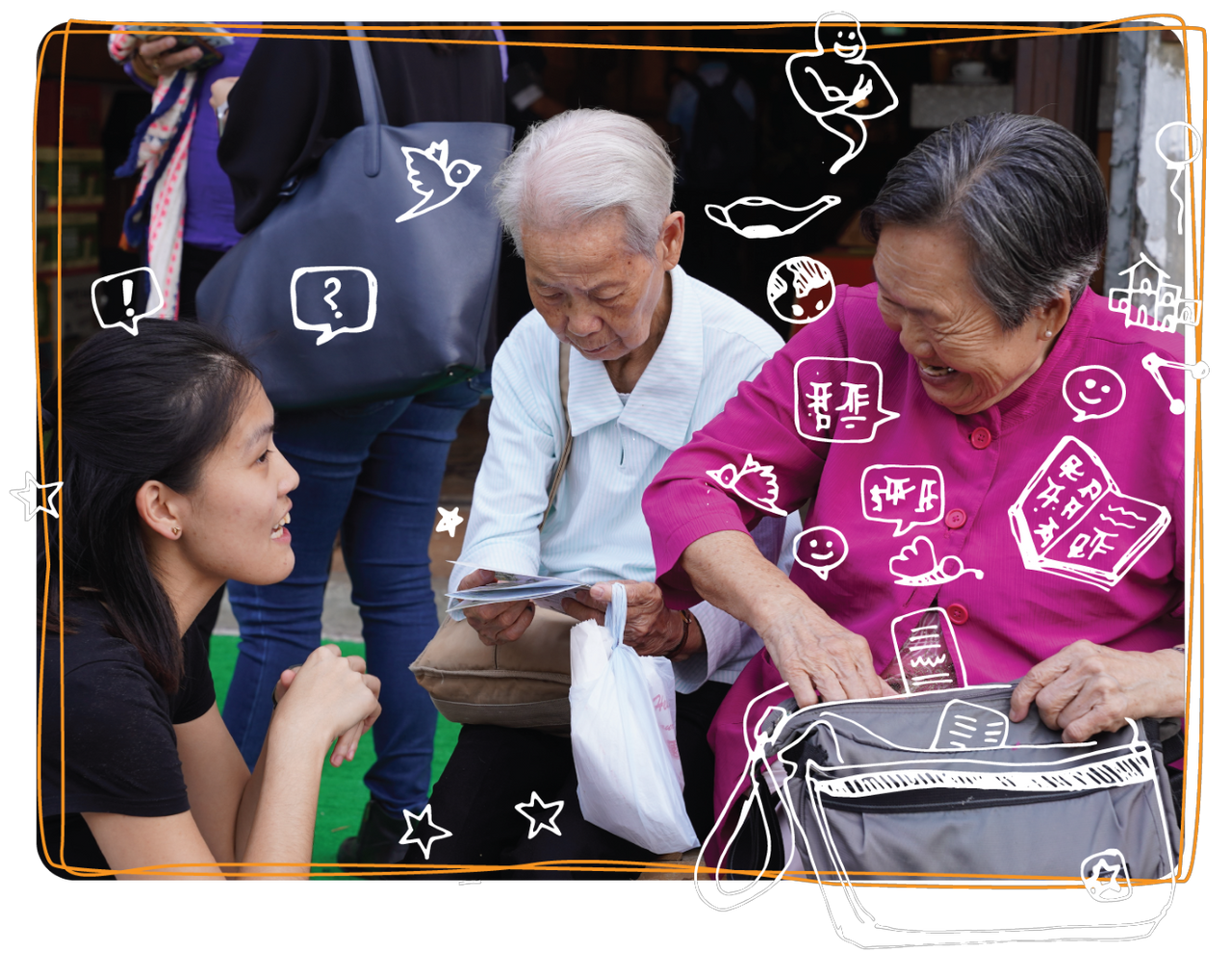
If you want to mobilise a community, you need to recognise their roots.
Cultural Mapping
The first task was to navigate the field of stakeholders and build trust among the local community at both ends of the spectrum, the newcomers and the long-time residents. Before embarking on design proposal and fesaiility studies they wanted to asesss the different uses and perceptions of place within the community.
Together with iDiscover Academy, Magic Lanes embarked on a 6-step cultural mapping project to unveil the different historical layers and connect new and old residents by establishing the identity and identifying the cultural assets of the neighbourhood i.e. what does it mean to be a “Sai Ying Pun-er”, what are places in the area that matter to people?
1. Neighbourhood Narrative
July 2017 - Kick-off Event @ Block Party organised by our friends from District 15 and Warehouses on West, a boutique developer with a strong sense of place and a solid presence in SYP. A great opportunity to get some good local insights from the party crowd and passers-by and find the narrative of the neighbourhood.
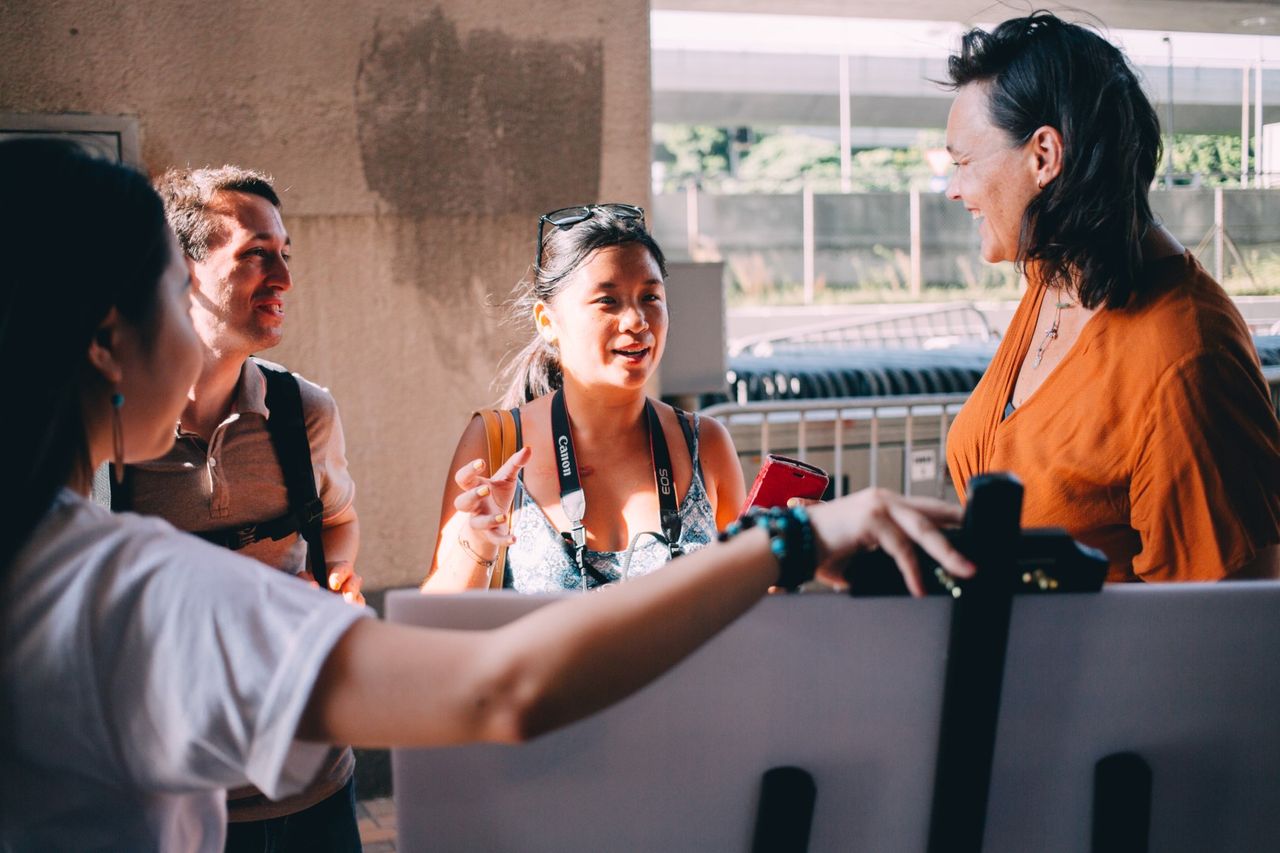


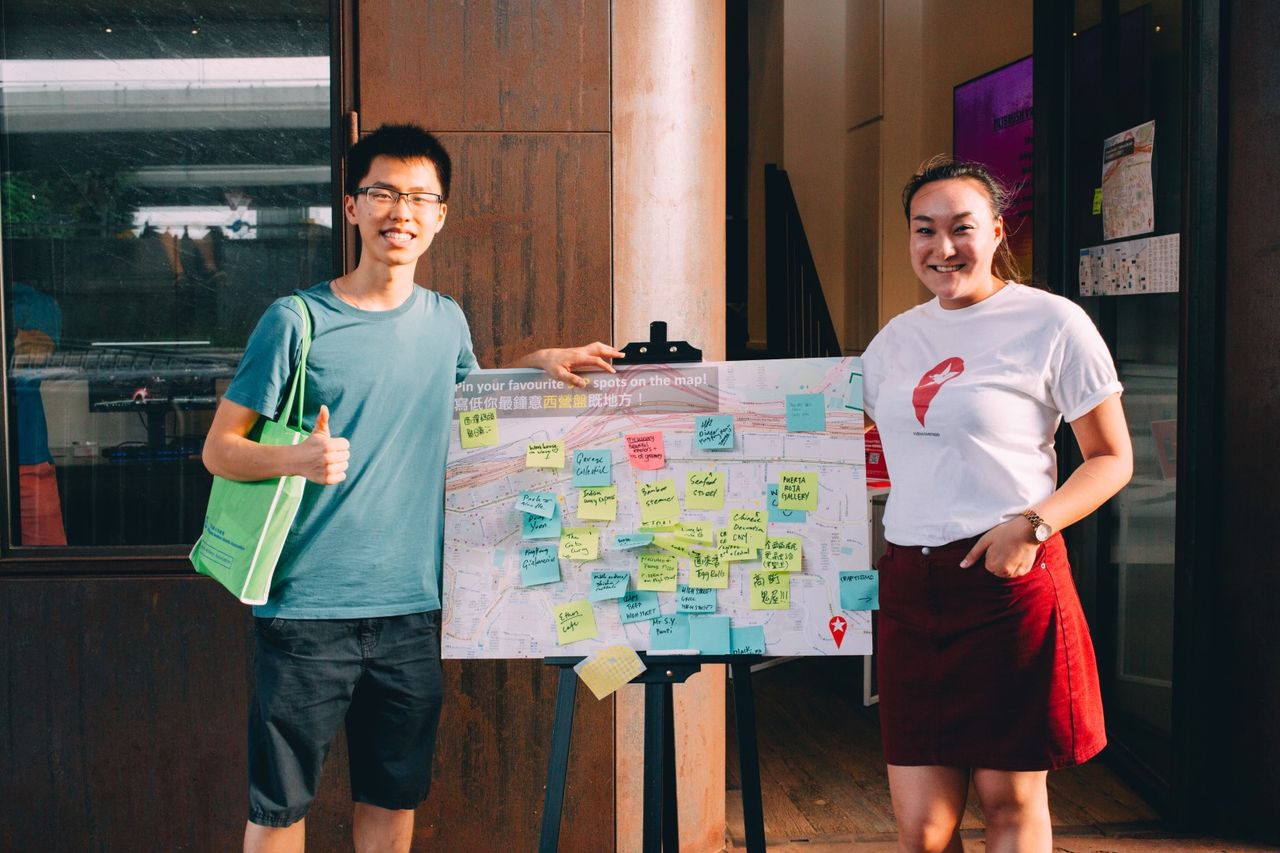
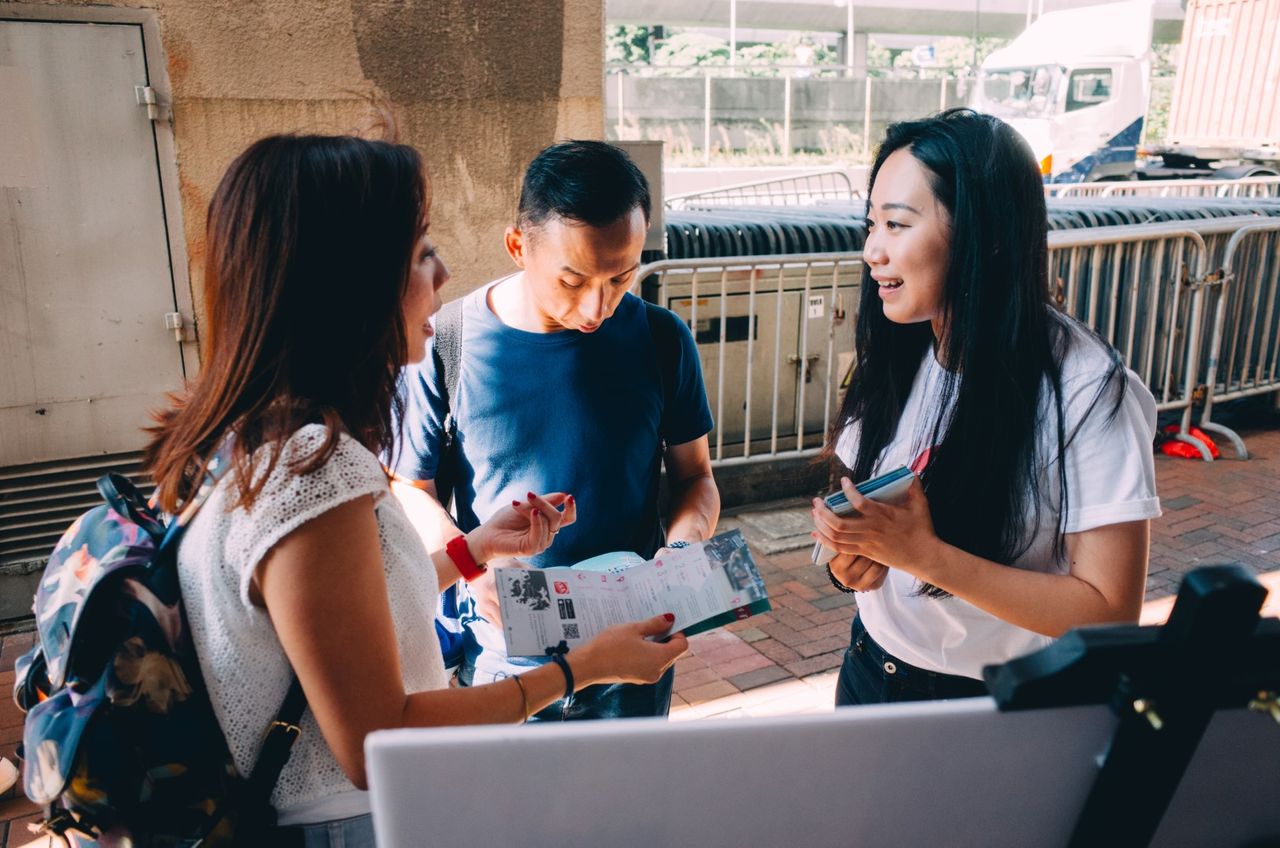
2. Mapping What Matters
Oct 2017 - Curative Workshops. We got a group of local residents and students together, some new to the hood and some who had lived there for over 50 years. We talked about identity, landmarks and what it means to be a “Sai Ying Punner…”. We hit the streets carrying around a big print of a SYP map. With the help of 20 students from Chinese University, we knocked on doors of every local shop to have a chat. Everywhere we asked the most important question: “What makes SYP so special and what are your favourite places?“. We walked away with a list of over 60 shops, restaurants and other unique spots, from Old Tsan Yuk Hospital to Lee Zam Kee, a popular local clothes repair shop.
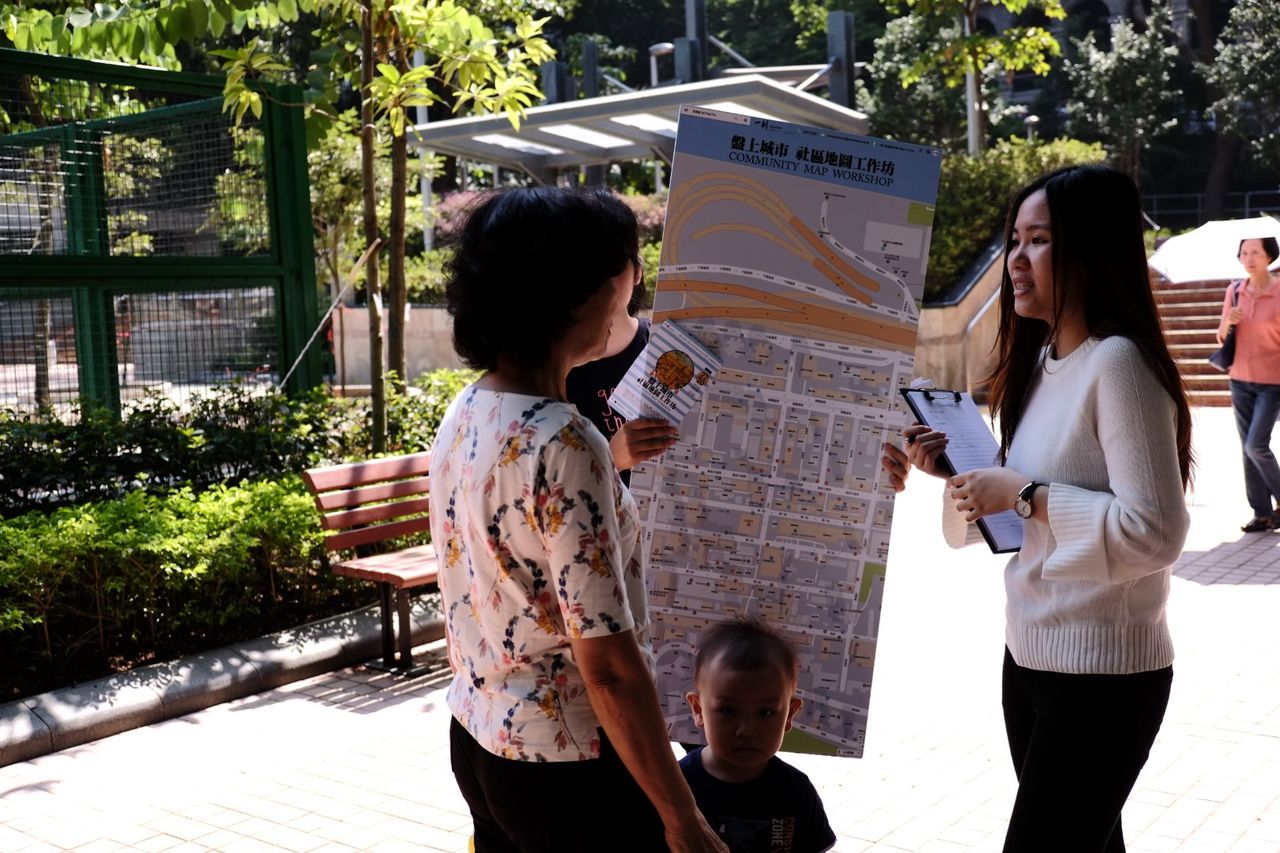

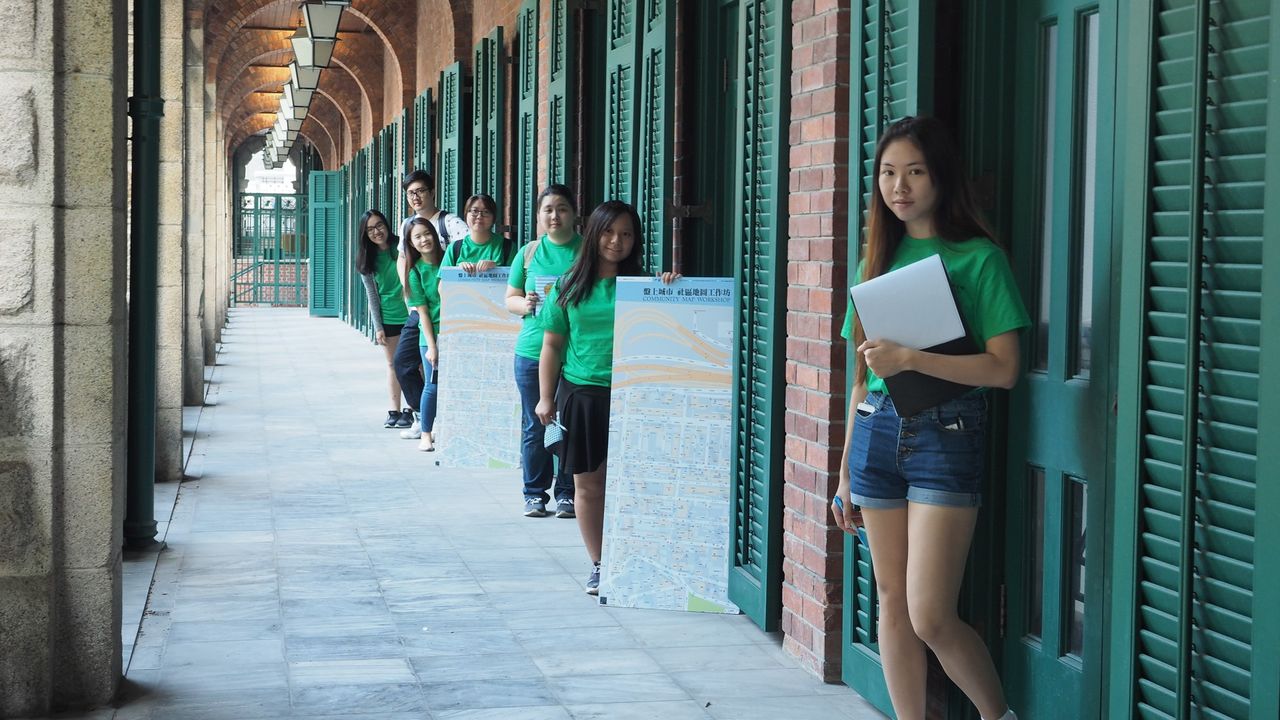
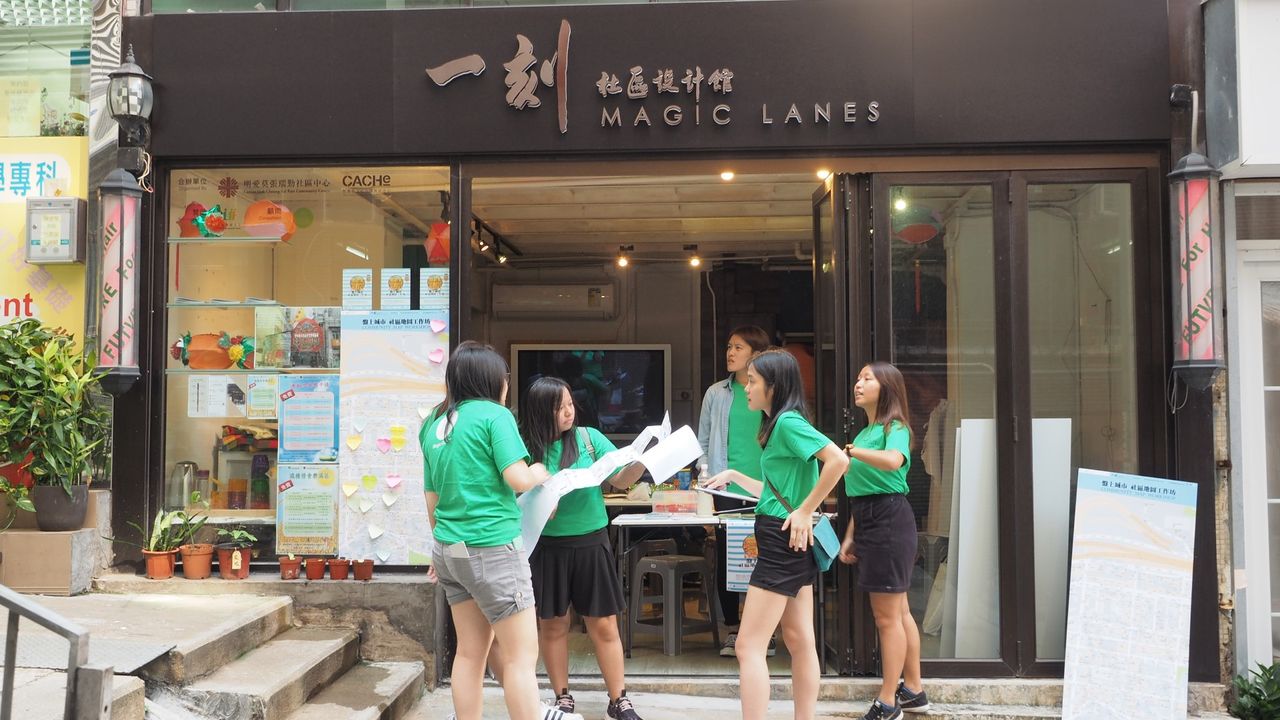

3. Finding Stories of Place
Nov 2017 - Feb 2018 - Content Creation. In the following months, together with our friends from Magic Lanes, we fine-tuned the list to 44 places that best represent the spirit of SYP. We went back to the places we liked to do some more in-depth interviews, took hundreds of photos and thousands of steps. We hired Carmen and worked with her to draw a map that highlights the craftsmanship in the area. We also successfully launched a crowdfunding campaign to sollicit support for the mapping project in the community.
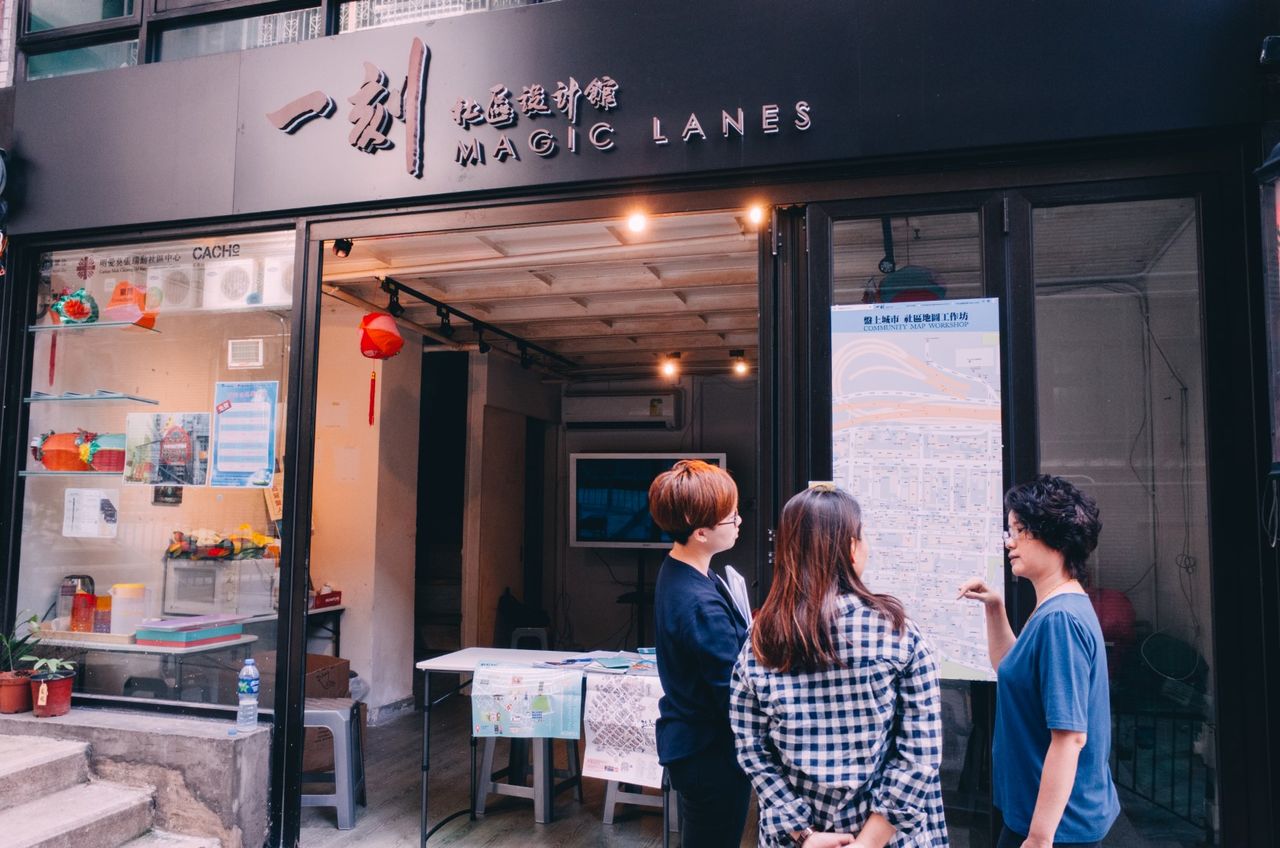
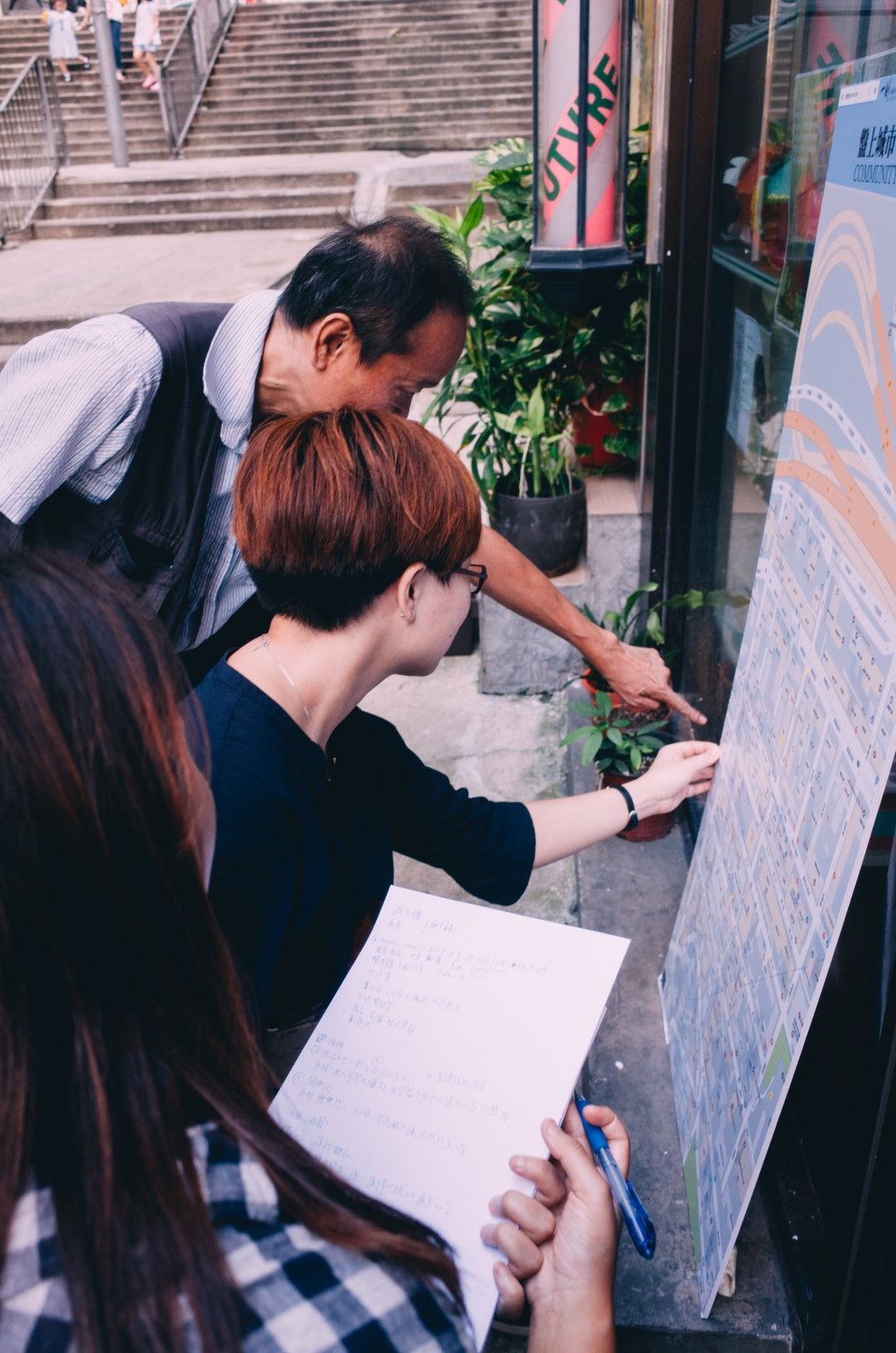

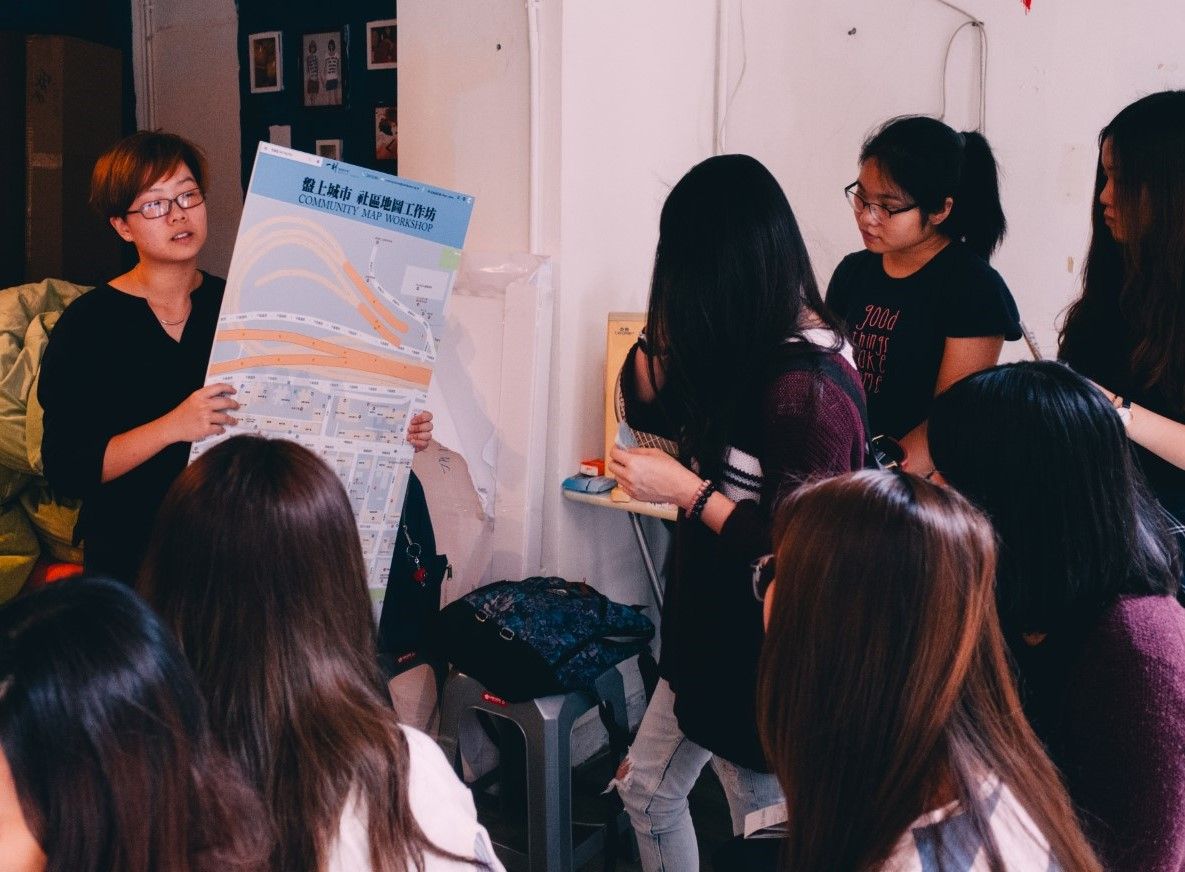
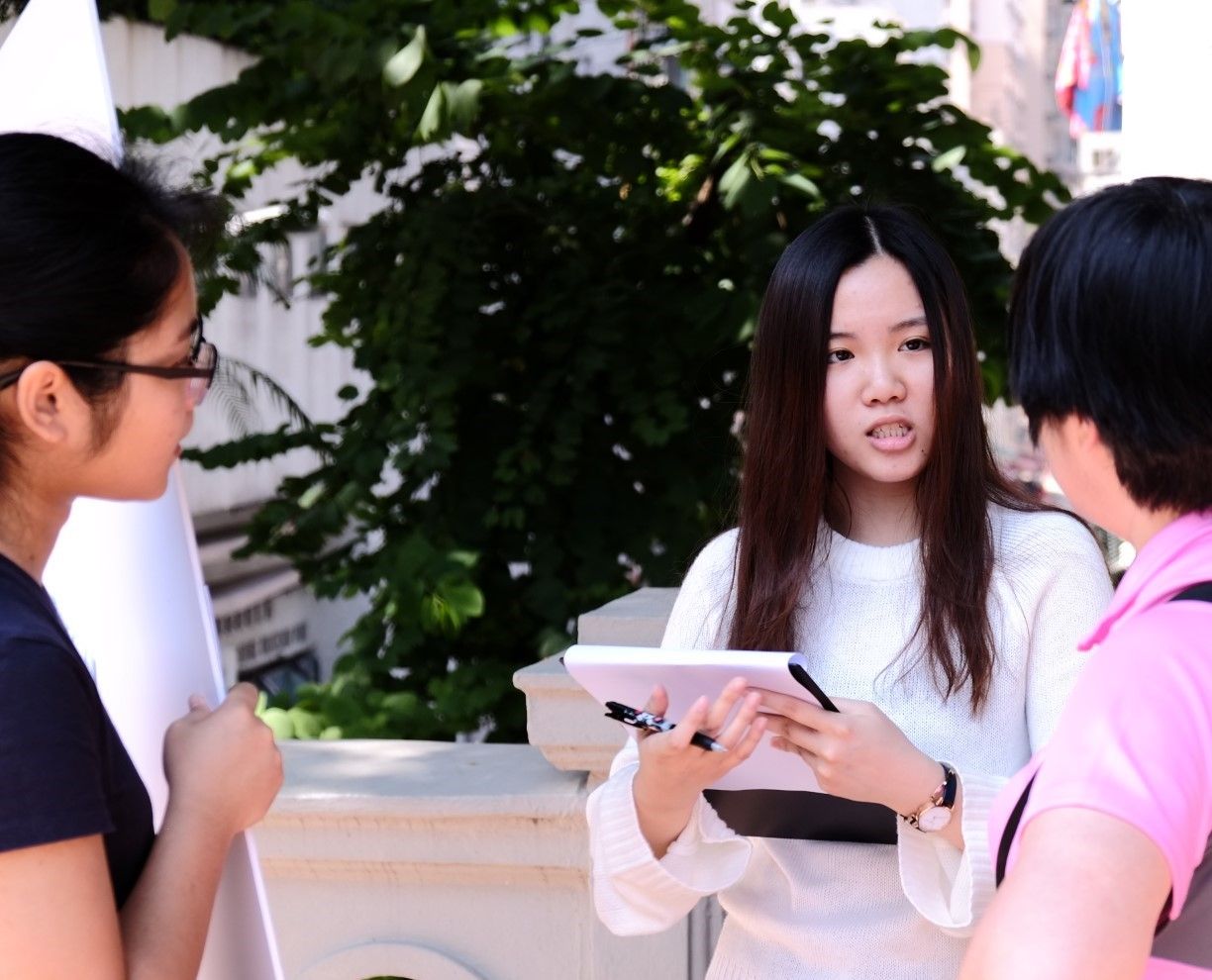
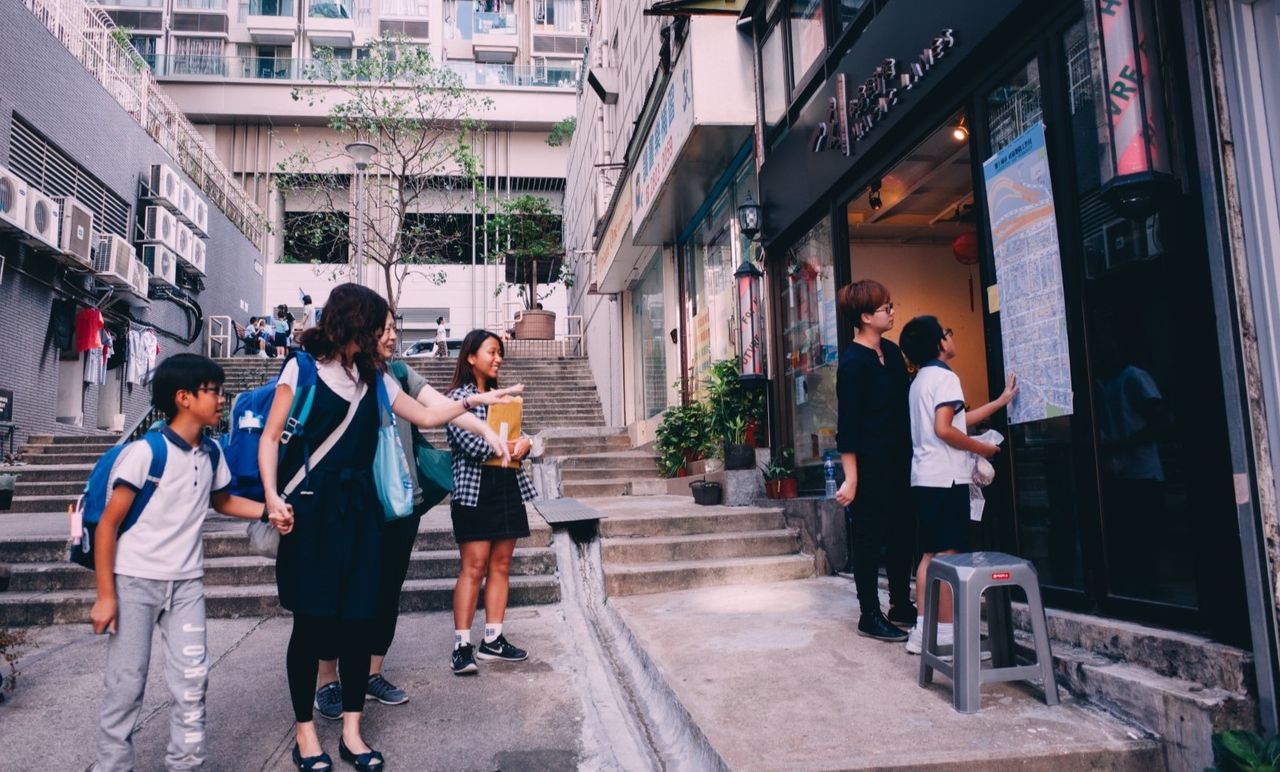
4. Bring Back Stories to the Community
March 2018 – Community Event . A big moment! We launched the neighbourhood guide at the opening event of Magic Lanes Community Design Studio at the charming Sheung Fung Lane. It was the perfect place to celebrate the Sai Ying Pun spirit and present the new guide to those who had been part of the process. It was great to see young and old finding their places on the map and sharing stories.
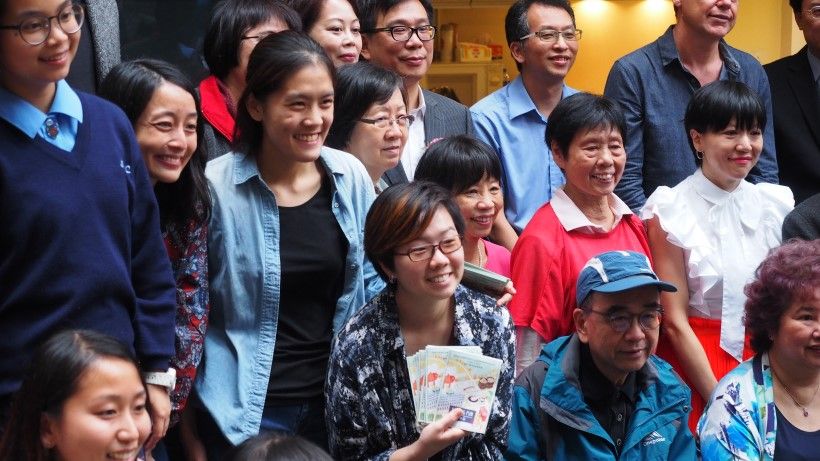
We enjoyed the curative process so much. The SYP locals loved sharing their stories and kept coming back for more copies of the map. That’s when we decided to add another layer in the form of a neighbourhood museum.
5. Connect to Neighbourhood Aspirations
June 2018 - Neighbourhood Museum - A big moment was the SYP neighbourhood museum in July 2018. A 2-week pop-up exhibition portrayed 25 “masters” with their favourite tool and for one week there were a variety of activities for different target groups, drawing a crowd of over 2,500 people to the alley: masterclasses by the craftsmen in making of traditional snacks and papercraft, kids treasure hunt, live drawing workshops, screening of mini-documentaries and sharing sessions. This happy occassion brought together the different communities in the district, young and old, newcomers and long-time residents. An unprecedented and unique opportunity to bring the dialogue to another level and hear from different demographics: what do people wish for the neighbourhood, what do they want it to be in 10 years time?

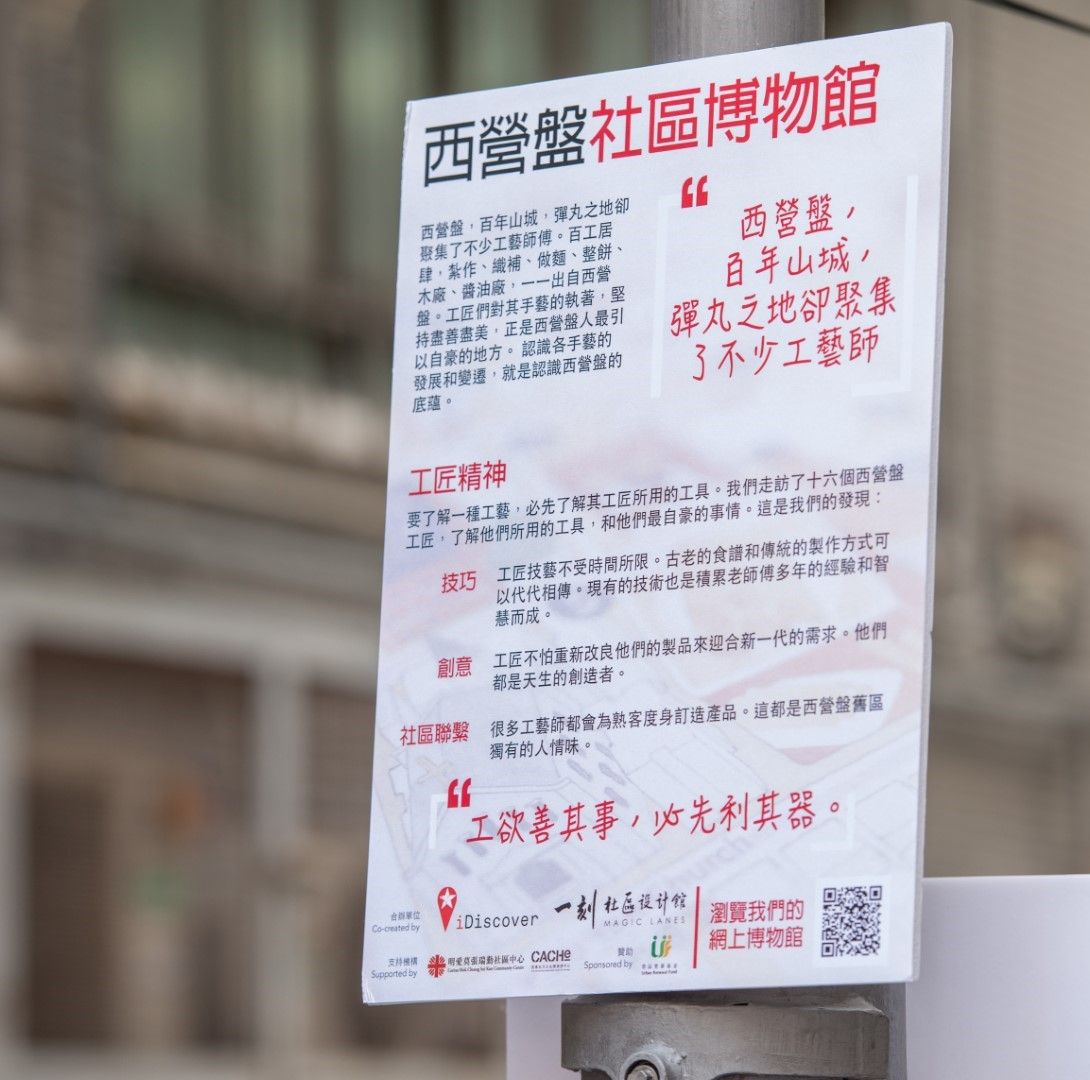


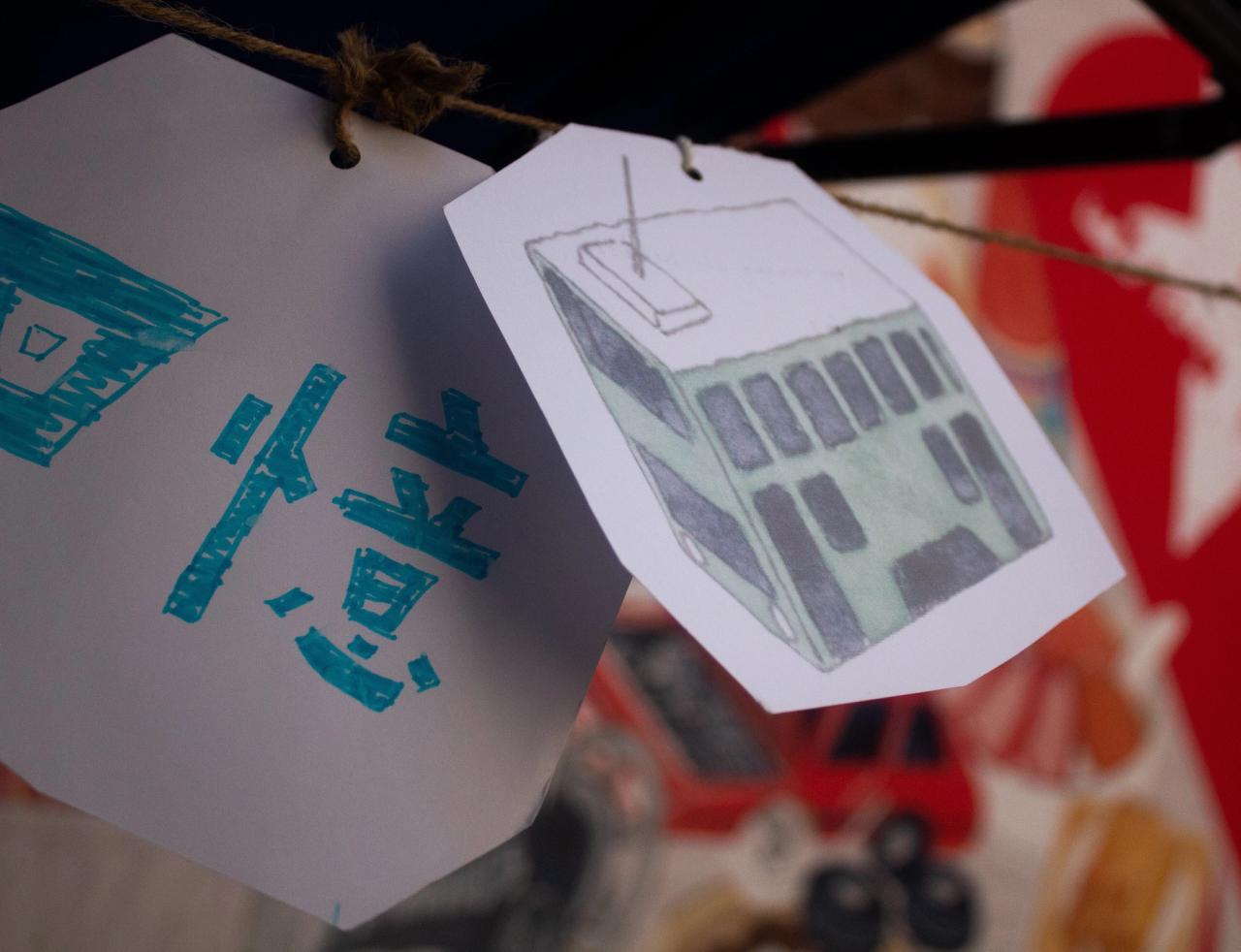
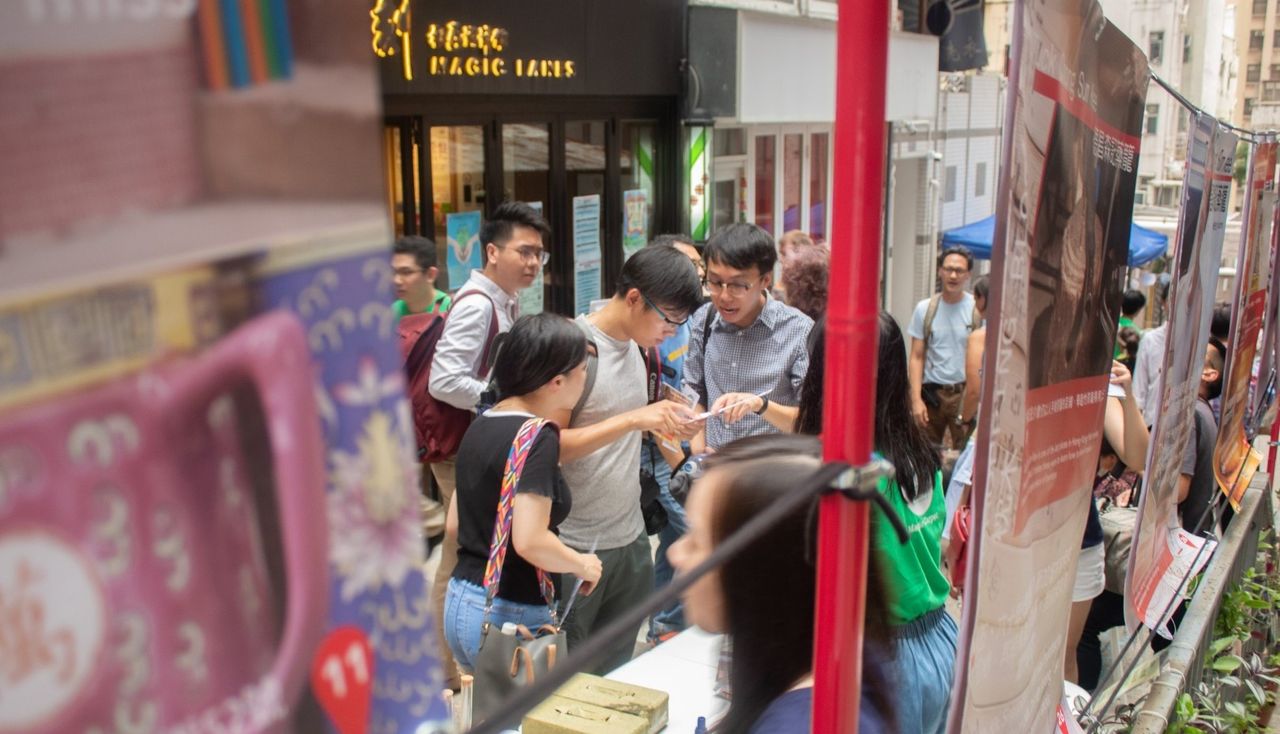
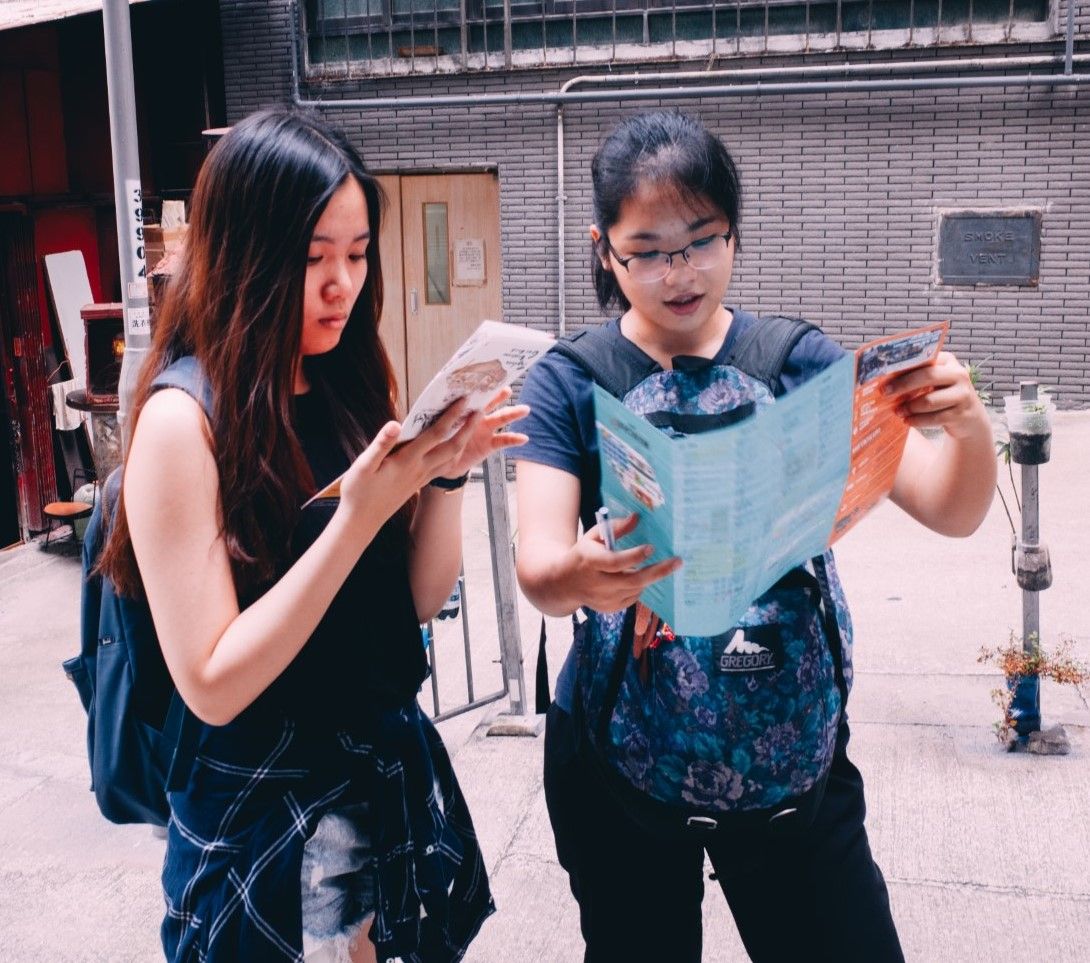

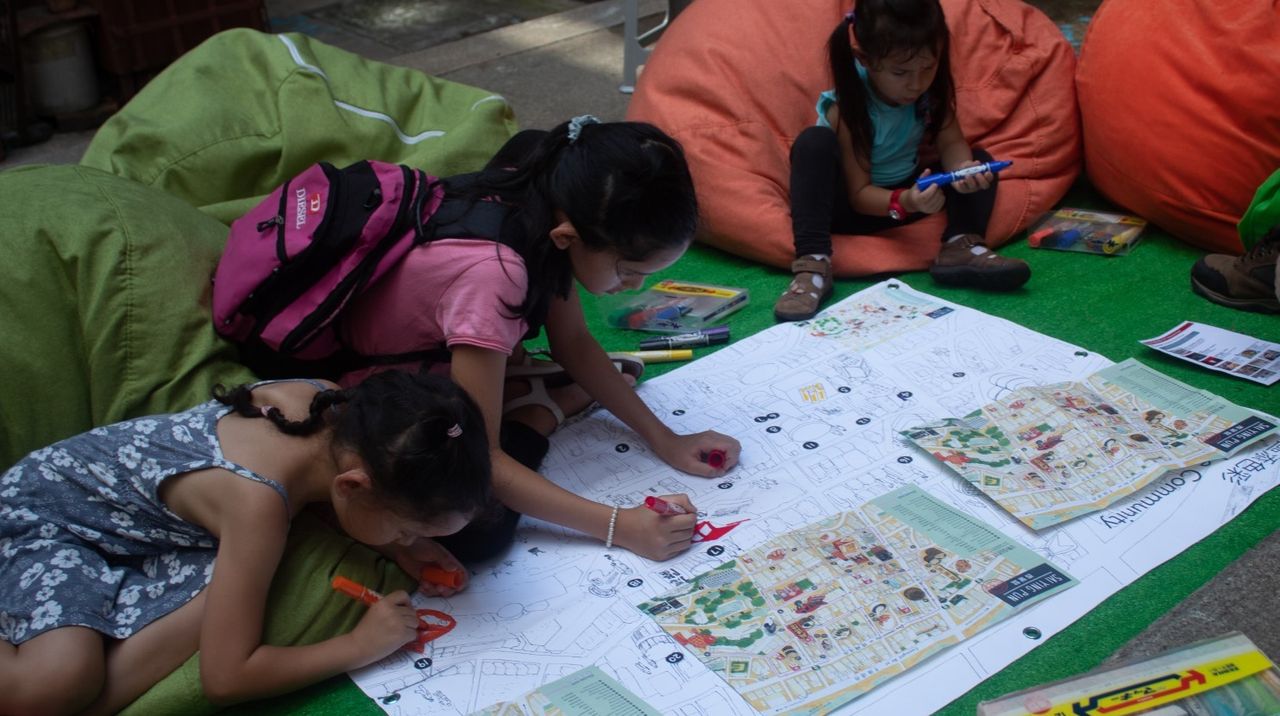

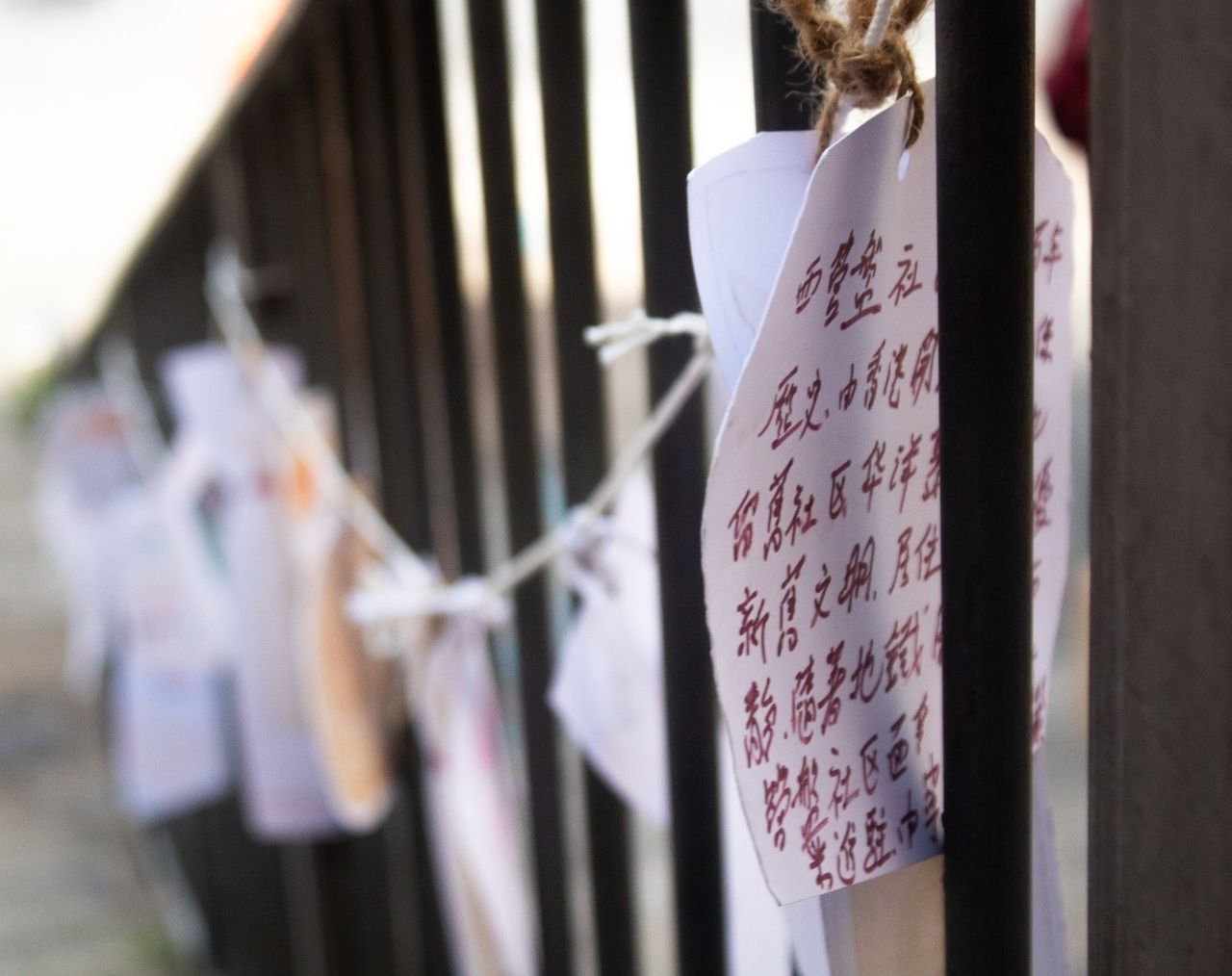
6. Share with an Audience of Urban Explorers
The cultural mapping process not only yielded useful input for the Magic Lanes design project, it also left with a permanent reminder of the unique character of the neighbourhood in the form of a community map. The map introduces 26 sites that bring local cultural heritage to life in a handy App & Map package: a self-guided digital walking trail that helps to navigate, gives background stories and shares some insider secrets plus a downloadable map, beautifully illustrated by local artist Carmen Ng. It made ordinary people feel extraordinary, instilling a sense of pride and ownership, particulary among the vulnerable older generation.
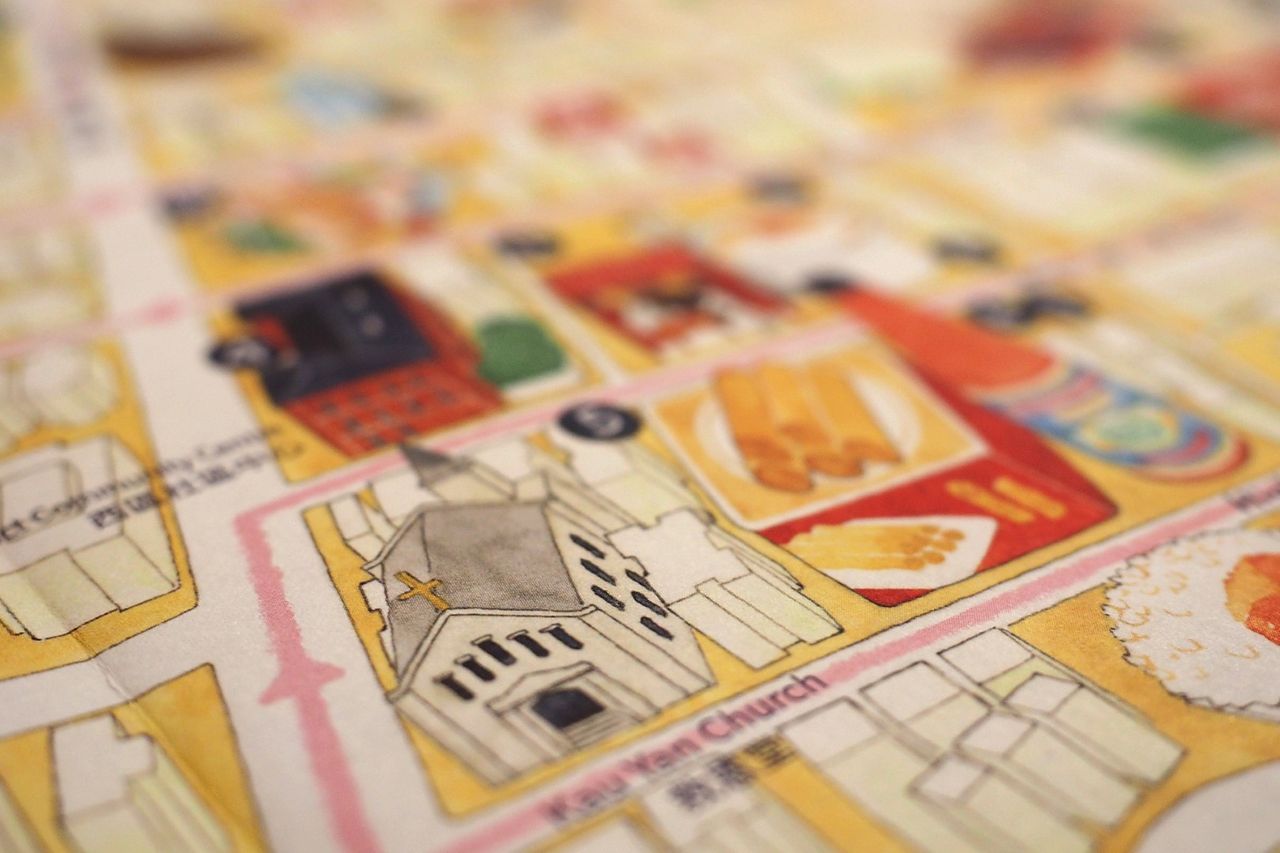
Few people know about this craftsmanship. There should be more events like this, a lot of people came to our door, even some foreigners, this never really happened before.
Value of the Cultural Mapping Project

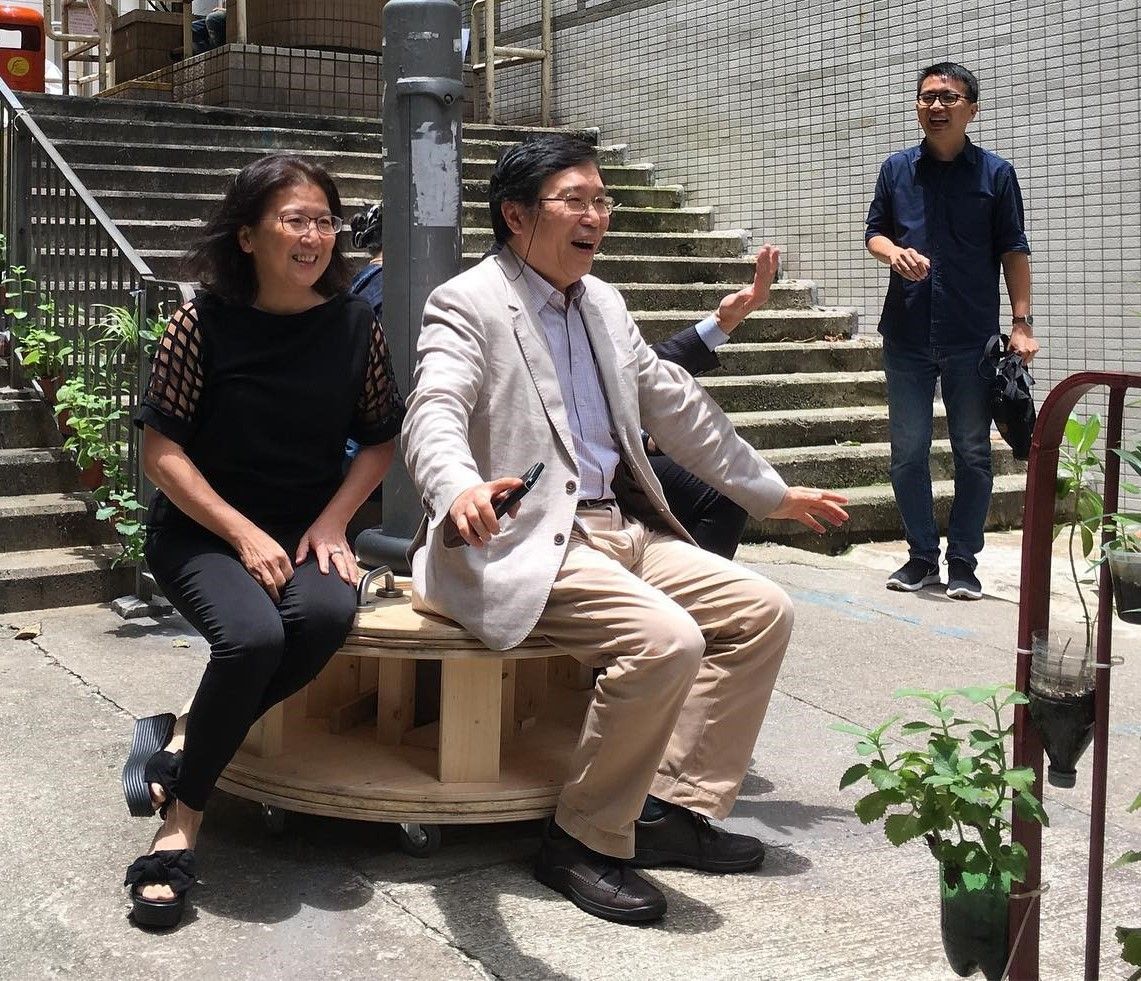
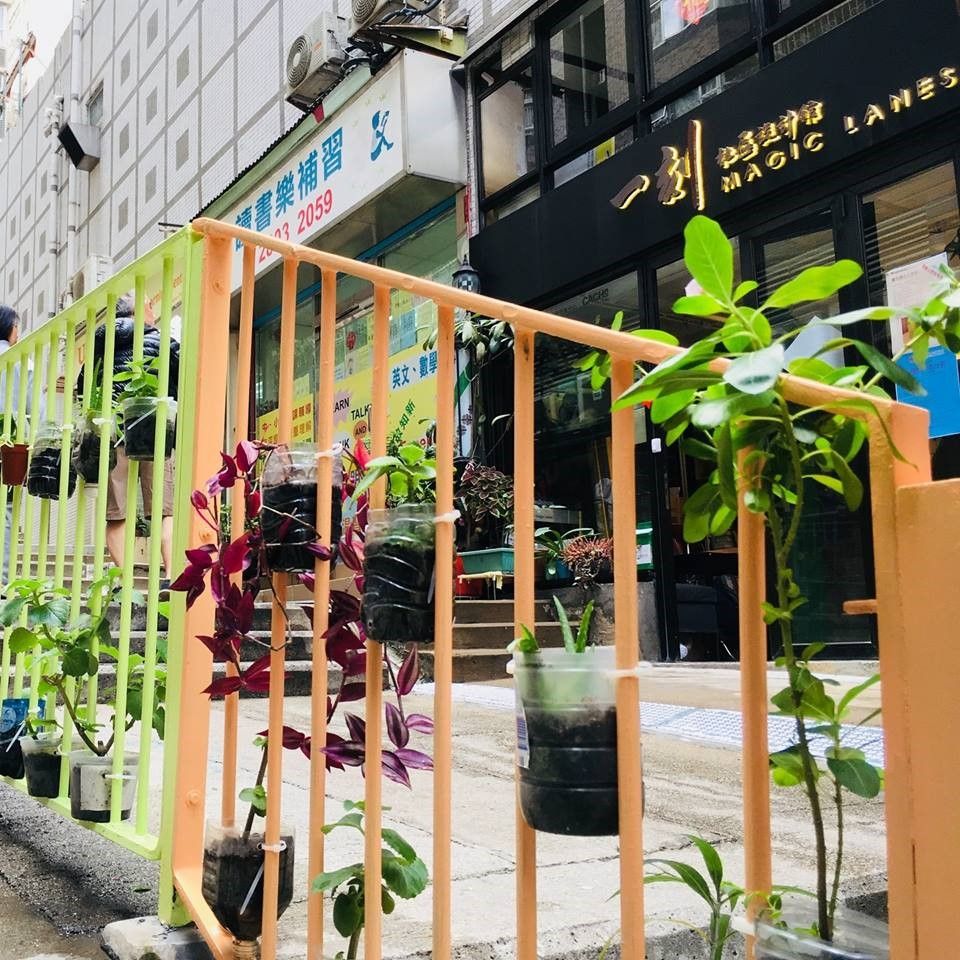
The cultural mapping exercise allowed Magic Lanes Design Studio to build trust among both ends of the spectrum. The team now had a solid foundation and an easy connection to different community stakeholders to start testing different types of temporary design elements. With building principles laid out and preliminary consensus reached, Magic Lanes set out to work on a feasible design proposal for the alley. The physical improvements, albeit small, still meant a breakthrough in Hong Kong’s rigid and non-human centred planning practice making Magic Lanes one of the pioneers of community-led design of public space in the city. Cultural mapping was an important ingredient in Caritas' community-led approach, we reflected on how it added value to the process.
Common foundation for physical change
The mapped data was the foundation for the design brief to the architectural consultants. The brief included more than just terms for physical improvement and management but also guided the architects on social, historic and cultural elements to be addressed in the design of the new laneway. The mapping project also led to a longer-term collaboration between Caritas and iDiscover so new interpretative layers continued to be added to feed into placemaking and planning efforts in the district.
Improved cultural awareness
The project made local residents and shop owners more aware and proud of their culture and identity. At the outset of the project, the owners considered the laneway as ‘the back alley of their buildings’ and spent a minimal budget on maintenance. Through the mapping exercises and associated events, they saw the value for local residents and the potential of the seemingly soulless laneway. With a stronger sense of ownership, the owners came on board to embrace the design ideas for improvement of the space.
Building bridges in the community
The project helped Caritas to become a trusted and neutral stakeholder in the neighbourhood. As a quickly gentrifying older neighbourhood, Sai Ying Pun has a complex urban context with many often-conflicting interests. The intergenerational dynamics and big differences in income levels and lifestyles make physical interventions complicated and sensitive. The processes take longer and there are more levels and different ways of communication required to connect and engage with the different type of residents, especially the older generation. The team found that the ‘listening first’ approach used in the cultural mapping exercise helped gain trust and with understanding the local dynamics. URA has agreed to extend the funding for the Magic Lanes Studio, acknowledging the need for a trusted agency to liaise with local residents in revitalisation efforts.
What iDiscover is doing is like making an archive of Hong Kong history – through the eyes of locals.
About the Authors
Benjamin Sin obtained his Master of Social Work degree from the University of Hong Kong in 2002 and joined Caritas - Hong Kong, becoming the Social Work Supervisor of Caritas Mok Cheung Sui Kun Community Centre. He practices an Asset-based Community Development approach, and promotes poverty alleviation, community resilience, authentic craftmanship, and social innovation.
Stephanie Cheung as the executive director of iDiscover Academy Stephanie managed the cultural mapping aspect of the Magic Lanes project. She is now pursuing her Master's in Public Policy at Oxford University.
